Industrial Fans: Important Pieces of Equipment in a Pandemic
Industrial fans are already considered important pieces of equipment in industrial and commercial setups used to accommodate a large-scale flow of gas or air for a wide range of processes inside that industry. Although these construction machines look just like their general-purpose counterparts, there are many differences between them. General-purpose fans are mainly used for domestic and small commercial applications, whereas industrial fans are specifically manufactured and used to perform heavy-duty tasks and produce large pressure and airflow.
But in the middle of a pandemic, fans might be even more important for industrial facilities. With COVID-19 still running rampant in Australia, proper ventilation is essential to prevent the virus from spreading indoors. At the same time, retail shopping has become more difficult, which is why most business owners rely on the internet to get all of the necessary industrial and construction machines. Shopping online has its own advantages by itself, but now these advantages are even more apparent, even when it comes to buying industrial equipment like fans.
Here are the reasons why investing in the right industrial fans can help make the workplace safer and a bit more enjoyable during a pandemic.
Of course, improving air circulation is the main reason why ventilation is so important these days in public spaces and buildings where a large number of people accumulate. However, some areas, such as construction sites and certain corners of a warehouse, might not have access to proper air cleaning and filtration units. In this case, a high-power industrial fan can help disperse the stagnant air, and with it any potentially infectious particles.
Reduced Moisture Levels
Industrial fans are also used in greenhouses, bathrooms and spas to reduce moisture levels. Their ability to dry out the room depends on the power of the fan and the size of the room. There are some industrial fans that are more efficient than others, and when it comes to drying out the workspace, you need a fan that does it quickly in order to prevent fungus and mould. Some fans are used in kitchens and processing facilities, as well as in chemical and automotive stores.
But, you’re probably wondering how can all of this make the work site safer in the midst of the COVID-19 pandemic. Well, high-power fans dry out the room including any droplets. And this makes it more difficult for contaminated droplets to come into contact with an uninfected individual. Additionally, the reduced moisture accumulation also decreases the risk of transmission of airborne germs.
Cooling Down the Workspace
Obviously, cooling down the workspace is one of the main purposes of industrial fans. Using an industrial fan is a great way to make the workspace more comfortable for employees and to improve air propagation. And taking into account the fact that some workplaces require their employees to wear masks at all times, a fan that cools the air and improves circulation can make mask-wearing a whole lot easier. This can be especially helpful for spaces with stuffy conditions as well as construction sites where employees need to work in the sun all day long.
Furthermore, these machines can extract bad and harmful odours from the workplace, similarly to exhaust fans. This is important for workplaces that involve the use of paint, chemicals and other potentially harmful products. They are typically used in construction sites, gymnasiums and many factories to replace stale and contaminated air with fresh air.
So, now that you’ve learned that fans are a vital piece of warehouse and construction equipment during these COVID times, here’s what you should know to make the right purchase for your needs.
When you’re looking for an industrial fan, think of it as a long term investment that will serve you even after the pandemic is resolved. You have many different options to choose from, and deciding which one is best suited for you can be difficult if you don’t know what you need. There are several things to ask yourself. Do you need a durable fan that can withstand use in harsh environments, or do you need a light-duty one that won’t go through much and all it has to do is operate quietly?
There are some water damage restoration units that help repair environments that have sustained water damage. These fans are usually stackable and provide multiple positioning and adjustment options for better drying. Or maybe you want a ceiling fan that will stay out of the way but still do the job of ventilating the air and drying out the workspace.
That being said, not all industrial fans are made equal. Most of them have the same construction that includes blades, a motor, housing unit and structures, such as bases, legs or stands to keep it upright. However, due to the wide range of designs and functions available, not all fans have this standard construction. However, industrial fans are divided into a few basic categories that can help guide you.
- Freestanding fans feature a traditional housing and blade design that is attached to an upright pole;
- Tower fans come with vertical housing and the cooling apparatus stretches across most of the tower’s height;
- Tabletop and desk fans, as their name implies, are meant to sit on desks and countertops without taking too much space;
- Centrifugal fans feature blades that are oriented perpendicular to the airflow instead of the conventional axial design.
The ideal type of fan for you will be determined by several factors. Centrifugal fans are best for water damage restoration, whereas tower fans are best for workplaces with limited space. So, consider the amount of space you have available for a fan, the intended application and how powerful and durable you need it to be.
Depending on how and where you intend to use the fan, you need to consider the cooling power it provides. When we talk about the amount of airflow generated by a fan, we mean the amount of air that passes by a particular point every minute. This is measured in CFM (cubic feet per minute). This measurement is important to know when comparing different fans, as different sizes of the same model can have different ratings. Simply put, the airflow of a fan represents how the fan can move or push air in terms of feet. However, some fans are rated in RPM, which stands for revolutions per minute. This measurement represents how many time the fan rotates in a minute.
Another thing to pay mind to is the power consumption of the fan. If you’re buying a fan to reduce your cooling costs or to complement an existing cooling system, you need to pay attention to how much power the fan is going to use in relation to how much it will cool and airflow it will create. Obviously, you want the most airflow generated per amp used. Some fans are specifically designed to be power-efficient.
No matter whether you’re choosing a fan for your warehouse, construction site or processing facility, you want the fan to come with features that complement its use. One of the most standard features is oscillation. The fan may need to focus its airflow or sweep it across the room. Some fans come with various oscillation speeds and patterns, and usually, the more options the merrier. Some other features to consider include adjustable airflow direction, remote control access, programmable timers, user-friendly controls, multiple fan speeds, low noise output, etc.
Industrial fans provide a wide range of benefits when used correctly. They help create a safe warehouse workplace, construction site or other industrial work areas by removing infectious particle, pollutants, smoke, contaminants and unwanted odours. They also decrease humidity and heat levels, and they come in a wide range of styles and functions so you can rest assured there’s a suitable fan that meets your specific needs. When choosing the best industrial fan for your facility, make sure you evaluate the utility you require from it, the environmental conditions, the surface area and the pressure levels. Write down the list of features you want from the fan before you start the search, and compare the models that come close.

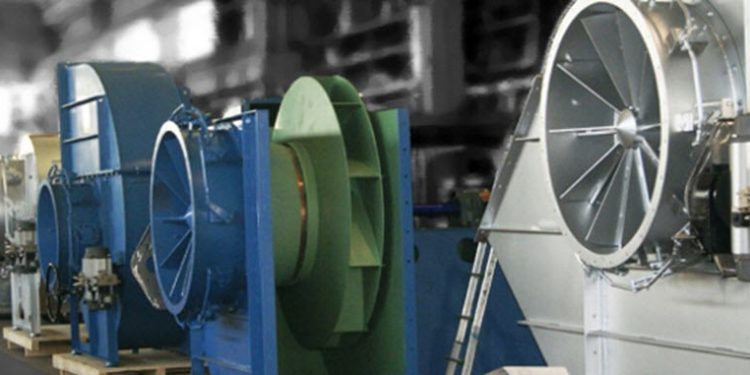
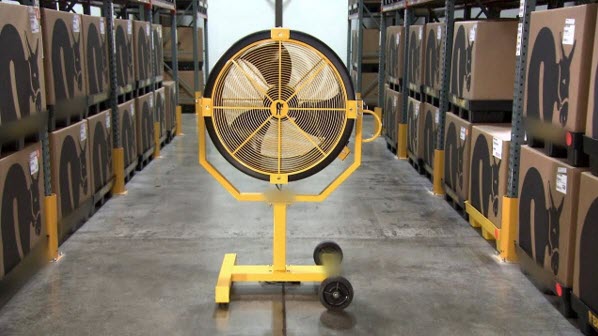
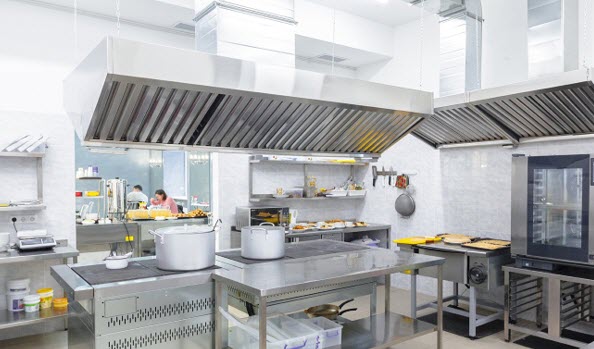

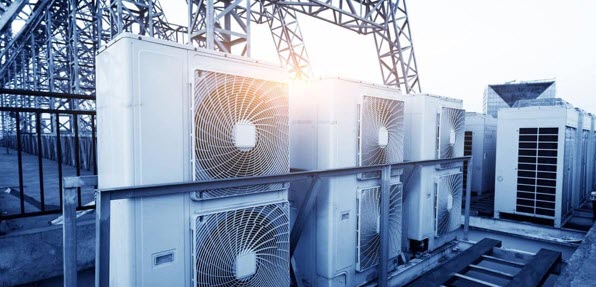
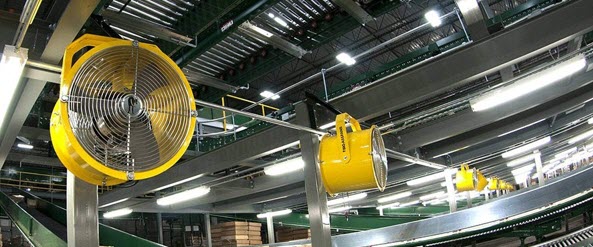
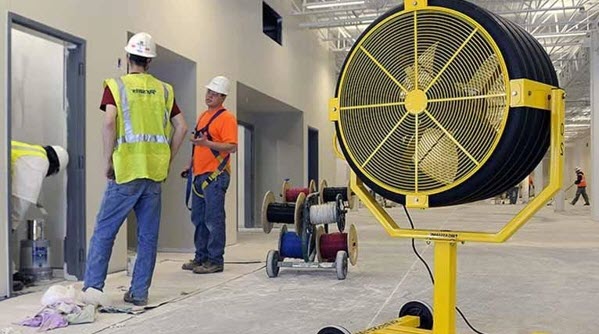
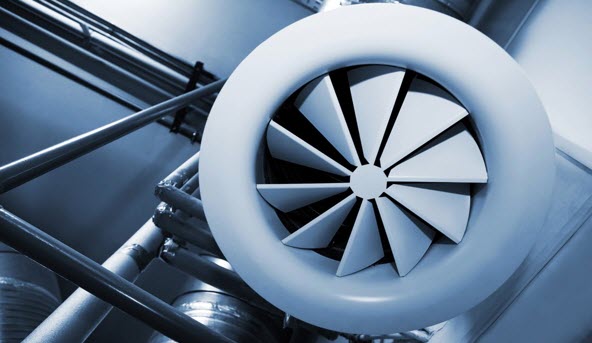




No Comment